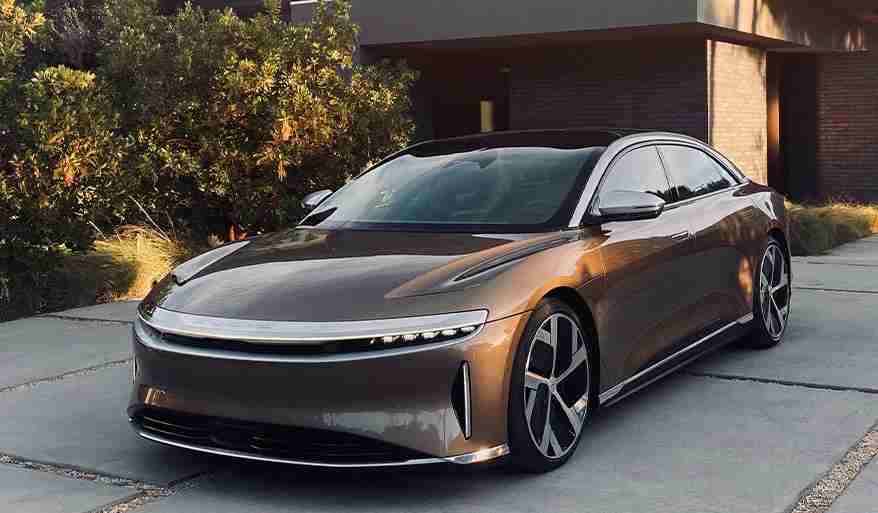Electric cars are becoming more popular by the year, and auto manufacturers have not been slow to notice. With more models to choose from and options packages that rival their gasoline-powered counterparts, it’s easy to see why people are making the switch.
One of the most popular reasons for choosing a new electric vehicle is the ability to skip the gas pump and charge at home, allowing you to leave for work every morning without wondering about whether you need to fuel up. Getting your home ready for vehicle charging does take a little preparation and effort, though. Electric cars require a lot more juice than your average home appliance, and sometimes that means you need to do a little home improvement to make space for them. Here’s what you need to know before buying a car EV charger.
Always Check the Manufacturer Information
Different electric vehicles require different charging setups. While you can often find adapters to fit proprietary connectors so you can use a third-party charger, you still need to understand what the voltage and amperage requirements are for your vehicle. Charging with the wrong power rating could make it take much longer than normal, and under the wrong circumstances it could even harm your battery.
You’ll also need to check out whether there is room in your breaker box to accommodate the new vehicle. Some EV battery charging cable requirements include the ability to draw over 40 amps without setting off a breaker. Most home circuits are 30 amps or less, at least in older homes. That means you may need to get an electrician out to fit your breaker box with the right circuit and to connect the outlet you plan to use for charging to that circuit.
Even if that is not a strict requirement in your situation, you should consider the benefits of having your vehicle’s charger on its own breaker. Giving it a separate circuit means you never have to worry about other appliances pushing the limit while you are charging, and it also means that if the charger does set off a breaker, you won’t lose power in other parts of your home alongside it.
Preparing Your Charging Space
Once you know which charger to buy and you’ve done the prep work to make sure it fits your home electric system, the next step is to prepare your space for charging. Electric vehicles can be stored in a regular garage like any other car, but you will need to make sure that your EV charger can reach from the outlet to the vehicle.
You’ll also need to move items around so there is no danger of anything falling on either one or of there being anything obstructing the outlet. That should be easy in most garage and carport setups, but you won’t know until you try. If you have oil stains or other remnants of gas vehicle storage around, it’s a good idea to clean them up so your new EV does not wind up messy from it. You can find supplies for spill and stain cleanup at the same place you go for a free VIN lookup when you need it.
Related Articles:
